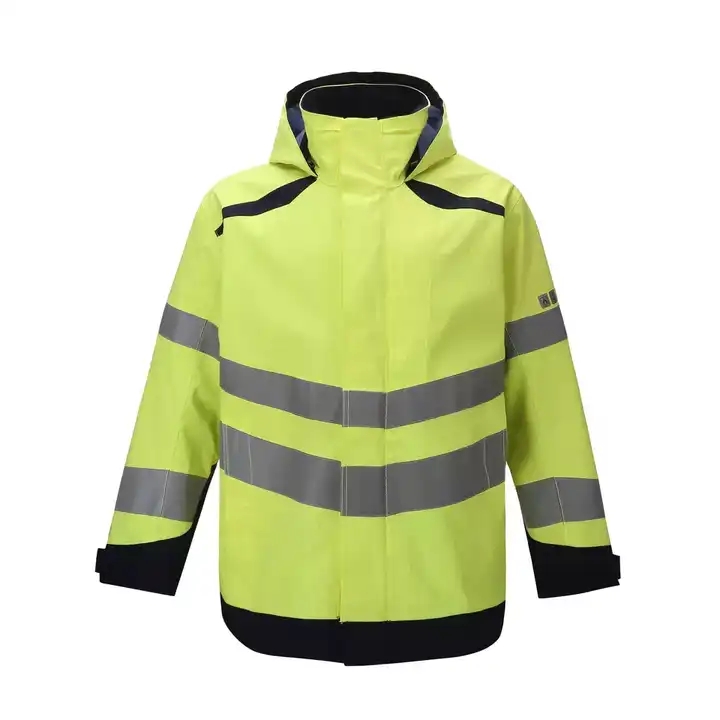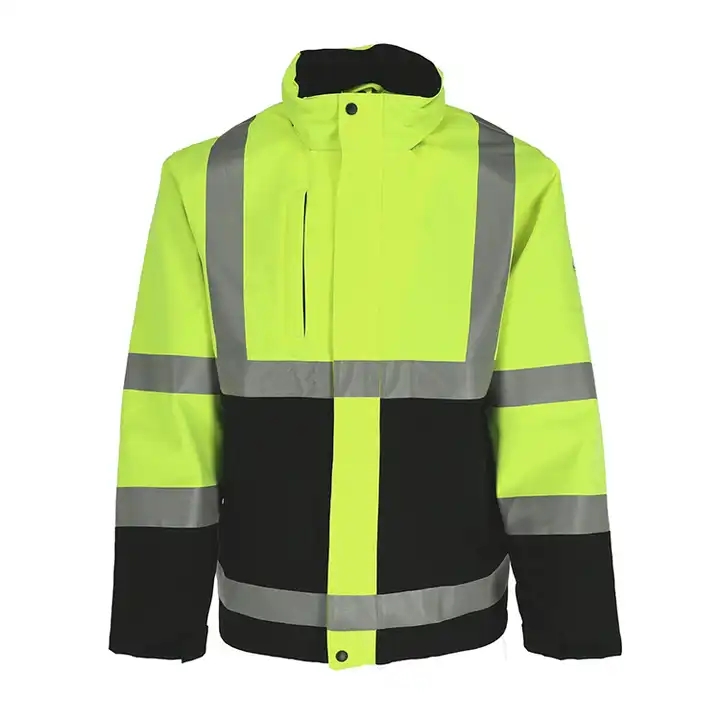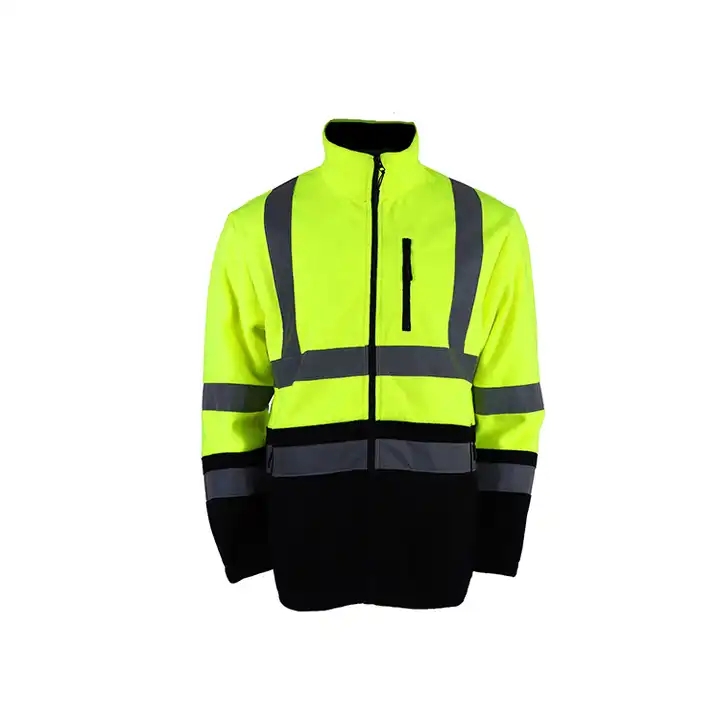In various industries and occupations, working in wet weather conditions is a common challenge. Rain workwear, specifically designed to combat rain, offers a blend of protection, functionality, and comfort. This comprehensive guide delves into the realm of rain workwear, uncovering its vital features, utility, and significance in ensuring safety and productivity in adverse weather.
Understanding Rain Workwear
Rain workwear encompasses a range of garments and gear engineered to withstand and protect against inclement weather, including raincoats, waterproof trousers, jackets, hats, and boots. Crafted from specialized materials like Gore-Tex, PVC, or polyester blends, these items provide water resistance while ensuring breathability and comfort during prolonged use.
Key Features for Optimal Performance
Understanding the essential elements of rain workwear is crucial:
Waterproofing Technology: Opt for workwear made from high-grade waterproof fabrics to repel rain effectively and keep workers dry and comfortable.
Durability and Strength: Seek workwear designed to endure harsh conditions, maintaining its quality and protective properties over extended periods.
Comfort and Mobility: Look for designs that offer ease of movement and comfort, allowing workers to perform tasks efficiently in wet conditions.
Visibility Enhancements: Some rain workwear includes reflective elements for enhanced visibility, crucial in low-light or hazardous environments.
Utility in Various Industries
Rain workwear plays a pivotal role across diverse industries:
Construction and Trades: Workers in construction, maintenance, and trades rely on rain workwear for protection against rain while performing physical tasks.
Agriculture and Farming: Farm workers benefit from waterproof gear to ensure productivity despite wet weather conditions.
Emergency Services: Essential for firefighters, police officers, and emergency responders to maintain visibility and functionality during adverse weather.
Outdoor Jobs and Utilities: Professionals in landscaping, utilities, and outdoor services rely on rain workwear for safety and efficiency.
Maintenance and Longevity
Ensuring continued functionality:
Cleaning Guidelines: Follow manufacturer recommendations for cleaning to preserve workwear quality and effectiveness.
Proper Storage: Store workwear in a dry area to prevent mildew and retain its water-resistant properties.
Regular Inspection: Periodically check workwear for wear or damage, repairing or replacing as needed to maintain protection.
Conclusion
Rain workwear stands as a crucial asset in various industries, safeguarding workers from the challenges posed by wet weather. By investing in high-quality, durable rain workwear, organizations prioritize safety, comfort, and productivity for their workforce even in adverse weather conditions.



